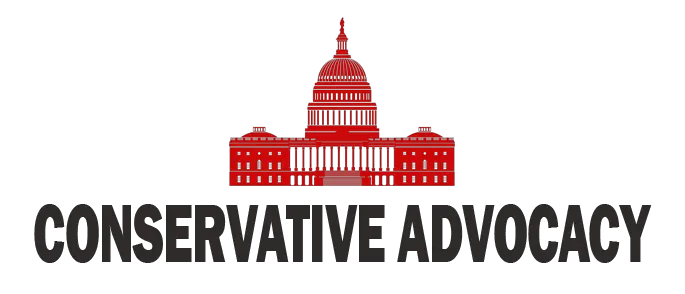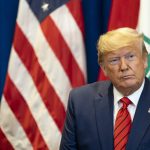President Trump continues to bulldoze through the red tape and bureaucratic nonsense that has plagued previous administrations. His aggressive use of executive orders has become a masterclass in how to govern with purpose and clarity. While others may tiptoe around the issues, Trump has taken a sledgehammer to the delicate architecture of Washington, including not just a significant push to roll back Diversity, Equity, and Inclusion (DEI) offices, but also an intention to toss the entire Department of Education into the recycling bin. Who needs a bureaucracy telling parents how to raise their kids anyway?
In an era where experts fashion lofty theories of an “imperial presidency,” they seem to miss the fundamental issue at hand: the presidency has been gradually sidelined by a sprawling bureaucratic machine. As historians furiously document their panic over centralized power, it’s evident that the power of the president—especially a president who isn’t afraid to shake things up—has been drastically minimized by meddling regulators and unelected officials. Instead of an empowered leader communicating directly with the people, it often feels more like a bureaucratic circus where decisions are made in darkened corridors by individuals no one voted for.
Under Trump’s previous term, so-called civil servants took it upon themselves to undermine not just his authority but also the democratic process. The President’s choices were sabotaged by those within his own administration who were more loyal to their own agendas than to the will of the American people. The National Security Council had its own self-appointed whistleblowers, and the Defense Department was more focused on political correctness than actual defense. The disconnect between the elected president and the unelected bureaucracy reached staggering levels, leading to a crisis that should concern anyone who truly believes in the Constitution.
The Founders seemed to envision a presidency weighted with power, with clear responsibilities and the capability to make decisions swiftly. Article II of the Constitution lays out that the president has necessary authority to serve effectively. No one—be they unelected diplomats or bureaucratic enforcers—should dictate the president’s actions or hinder the execution of his office. Yet here we are, with unelected officials pulling the strings behind the scenes while the president is left battling for his prerogative on the national and international stage.
CHARLIE KIRK: Trump Is Restoring The Presidency To The Founders’ Vision https://t.co/TFeXiqM2cA via @dailycaller
— Michael J. Fell (@MichaelJFell) February 6, 2025
Thus, Trump’s uncompromising stance as he embarks on another term is not just about establishing authority; it’s about reclaiming the integrity of the presidency. Trump aims to realign the executive branch with its original framework as intended by the Founders. He wants constituents to see the commander in chief as someone who not only executes the laws but directs foreign affairs and oversees national security without bureaucratic interference. The check on this powerful presidency should be the electorate itself and Congress—not a Washington establishment that has become increasingly disconnected from the American populace.
In a political climate filled with performative resistance from bureaucrats and perfunctory compliance, Trump’s assertive efforts to restore the presidency could be the lifeline the republic needs. A strong presidency not only means effective governance but reflects the voice of the voters who put their trust in elected officials, countering the elite narrative of lifelong bureaucrats. With every executive order and powerful decree, Trump aims to remind Americans who truly runs the show: it’s not the faceless bureaucrat, but the president—an elected servant of the people.




